Buy the photo windmill with platform by John van Liempt on canvas, ArtFrame, poster and wallpaper, printed on demand in high quality.
About "windmill with platform"
by John van Liempt
About the artwork
A post mill is a type of windmill where the entire structure is mounted on a large rotating post, allowing the upper part of the mill, including the sails or blades, to be turned to face the wind. This rotation is typically achieved by a windmill operator who adjusts the position using a tailpole or a similar mechanism.
The distinguishing feature of a post mill is its platform or staging (known as the "stelling" in Dutch), which is a raised wooden or stone platform surrounding the mill’s tower. The platform provides access to the top of the mill and allows the miller to operate and maintain the sails. The windmill's main body is often constructed of wood, with the sails attached to the rotating cap at the top.
Post mills were commonly used in the Netherlands and other parts of Europe for tasks such as grinding grain, pumping water, and sometimes even for processing oil or other materials. These mills were often built on elevated ground or hills to catch the wind more effectively.
Post mills are known for their distinctive appearance, with a tall, sometimes cylindrical, body and a rotating head that can be turned to optimize the wind. While less common today, many historic post mills have been preserved as important cultural landmarks.Traditional scaffold wind turbine, built to capture extra wind, seen through vista of leafy greens, from a high frog perspective.

About John van Liempt
Hello work wall visitors,
Over the years, photography has been my great passion. Started in the attic in a minimal space for a too-small darkroom, with all kinds of photographic paper and various devices, and full of chemistry.
Making many mistakes in light and composition, much knowledge..
Read more…
 Germany
Germany Ordered in August 2022
Ordered in August 2022
 Netherlands
Netherlands Ordered in May 2025
Ordered in May 2025
 Netherlands
Netherlands Ordered in January 2022
Ordered in January 2022
 Germany
Germany Ordered in February 2024
Ordered in February 2024
 Germany
Germany Ordered in June 2019
Ordered in June 2019
 Germany
Germany Ordered in August 2019
Ordered in August 2019
 Germany
Germany Ordered in May 2021
Ordered in May 2021
 Germany
Germany Ordered in April 2025
Ordered in April 2025
 Netherlands
Netherlands Ordered in August 2019
Ordered in August 2019
 Netherlands
Netherlands Ordered in October 2018
Ordered in October 2018
 Germany
Germany Ordered in November 2022
Ordered in November 2022
 Germany
Germany Ordered in March 2021
Ordered in March 2021
About the material
ArtFrame™
Interchangeable Art Prints
- High-quality print
- Easily interchangeable
- Acoustic function
- Large sizes available
Discover the artworks of John van Liempt
 Buddha Temple ThailandJohn van Liempt
Buddha Temple ThailandJohn van Liempt Buddha statues in the making. ThailandJohn van Liempt
Buddha statues in the making. ThailandJohn van Liempt Acrylic Art LotusflowerJohn van Liempt
Acrylic Art LotusflowerJohn van Liempt Blue OldtimerJohn van Liempt
Blue OldtimerJohn van Liempt See-through a hand-blow red bottleJohn van Liempt
See-through a hand-blow red bottleJohn van Liempt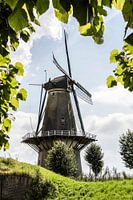 windmill with platformJohn van Liempt
windmill with platformJohn van Liempt Black green and Purple AlluimJohn van Liempt
Black green and Purple AlluimJohn van Liempt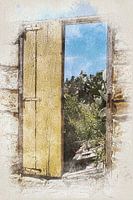 Restoration necessaryJohn van Liempt
Restoration necessaryJohn van Liempt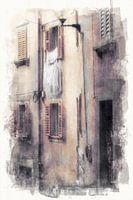 characteristic alley in Acrylic ArtJohn van Liempt
characteristic alley in Acrylic ArtJohn van Liempt characteristic alley in Acrylic ArtJohn van Liempt
characteristic alley in Acrylic ArtJohn van Liempt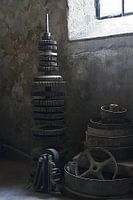 Industrial decayJohn van Liempt
Industrial decayJohn van Liempt 4 colors scarvesJohn van Liempt
4 colors scarvesJohn van Liempt Hand-blown bottleJohn van Liempt
Hand-blown bottleJohn van Liempt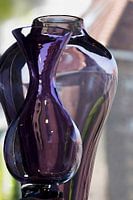 VasesJohn van Liempt
VasesJohn van Liempt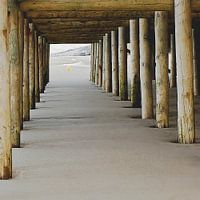 Beachclub on stilts.John van Liempt
Beachclub on stilts.John van Liempt washesJohn van Liempt
washesJohn van Liempt Musical natureJohn van Liempt
Musical natureJohn van Liempt White Stork in high-KeyJohn van Liempt
White Stork in high-KeyJohn van Liempt Apple for ThirstJohn van Liempt
Apple for ThirstJohn van Liempt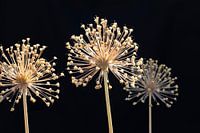 Alluim on repeatJohn van Liempt
Alluim on repeatJohn van Liempt
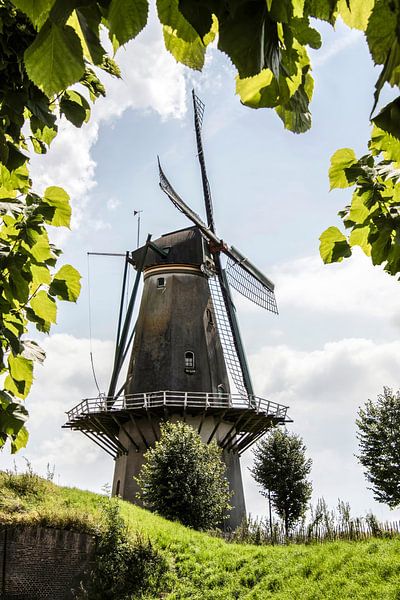












 Nostalgic Memories
Nostalgic Memories Photo wallpaper
Photo wallpaper Photography
Photography Serene Peace
Serene Peace









